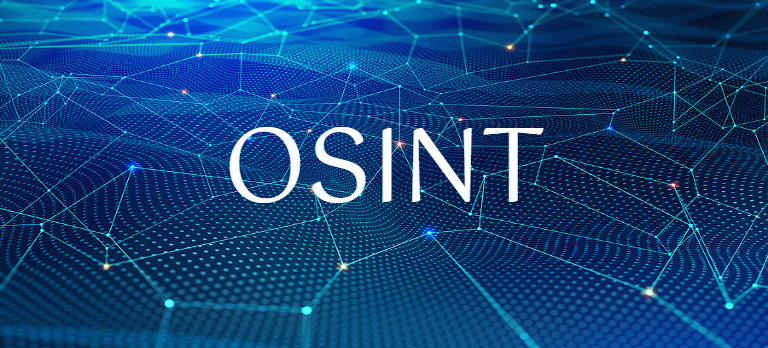Most commonly used to refer to how a financial professional oversees clients’ financial assets, discussion of asset management in 2020 and 2021 has been more focused on physical assets. From ventilators to personal protective equipment to vaccines to even our power supply, the past year has been a test of the private industry’s asset management capabilities and government. Under the physical definition of asset management, organizations need both process and technology to know and control effectively where key items are within their supply chain. To help coordinate your agency’s efforts, GovWhitePapers has assembled a comprehensive library of white papers, eBooks, case studies, and data sheets related to trends and best practices in asset management.
5G to the Rescue
One of the many applications of 5G technology is asset management. A Marine Corps project is kicking off that will utilize a 5G-enabled smart warehouse that will feature robotics, barcode scanning, and holographic augmented and virtual reality applications to help manage storage and maintenance of vehicles, material, and supplies. The speed afforded by 5G enables better real-time collection and transmission of data on products. Some organizations are not waiting for 5G; a military project in Colorado uses existing 4G networks to leverage AV sensors, then integrates that data with other data sources to inform decision making about transportation on and around the base.
Asset management extends beyond physical assets
With the proliferation of software to keep a distributed workforce working from home during the pandemic, getting a handle on those technology assets is critical to IT security and responsible financial management. IT groups need to understand where hardware, such as laptops and cameras, is now residing as well as what software is sitting on or accessing their networks. With Continuous Diagnostic Monitoring (CDM) required across government, undetected IT assets can compromise the accuracy of agency-level dashboards designed to alert administrators about abnormal behavior, increasing risk to sensitive data housed on agency servers.
Chief Data Officers Needed
Implementing robust asset management requires the expertise and oversight of a Chief Data Officer (CDO), a relatively new position in government agencies. In order to manage assets, agencies first need to gather data on them and manage that data. Ted Kaouk, who chairs the Chief Data Officers Council and serves as CDO of the U.S. Department of Agriculture, wrote in a recent report, “By implementing data governance, data workforce strategies, and data management best practices, we can enable access to high quality, timely data that will improve evidence-based policymaking.” The governance and strategies he refers to feed the visibility into assets and inform the strategies for managing them.
Asset Management touches a number of departments and functions. To help coordinate efforts, there are a number of resources that can help layout best practices and next steps.
- Asset Management Basics: A Guide for Communities of all Sizes — This guide serves to help local organizations craft asset management strategy, find the right system for any community, and perform initial inventory and maintenance.
- Best Practices for Battle-Ready Data to Support COVID-19 Recovery — As government leaders adapted to the coronavirus pandemic, an unexpected outcome of the crisis emerged: there is a crucial need for transformative strategies to protect public health, to equitably revive economies, and to manage revenue and budget shortfalls. These challenges hinge on resilient leaders’ abilities to maximize the value of their data assets for recovery. The first step is gathering the essential data and making it battle-ready.
- U.S. Military Case Study Weapons & Gear Tracking — Learn how a high-profile U.S. Military Base moved from an antiquated, manual tracking system using a clipboard and pen for weapons andor gear tracking data to utilizing radio waves to track the weapons and gear as they are issued and returned during shift changes.
- Energy Sector Asset Management: For Electric Utilities, Oil & Gas Industry — This paper details how the National Cybersecurity Center of Excellence (NCCoE) at the National Institute of Standards and Technology (NIST) built a laboratory environment to demonstrate how energy organizations can strengthen their operational technology (OT) asset management practices by leveraging capabilities that may already exist within their operating environment or by implementing new capabilities.
- The Key to Optimizing Your Water Utility — Without proper monitoring and maintenance, water assets quickly deteriorate—and those little drips add up. In fact, six billion gallons of water (enough to support 15 million households) is lost daily to leaking pipes and an additional two trillion gallons are lost annually to main breaks. Learn how automating and digitizing asset management is critical to meeting the needs of today’s water system.
These are just a small sample of the asset management and related resources on GovWhitePapers.com. You can browse government white papers, case studies, eBooks (and more!) on asset management through our search engine here:
Browse Asset Management Content










